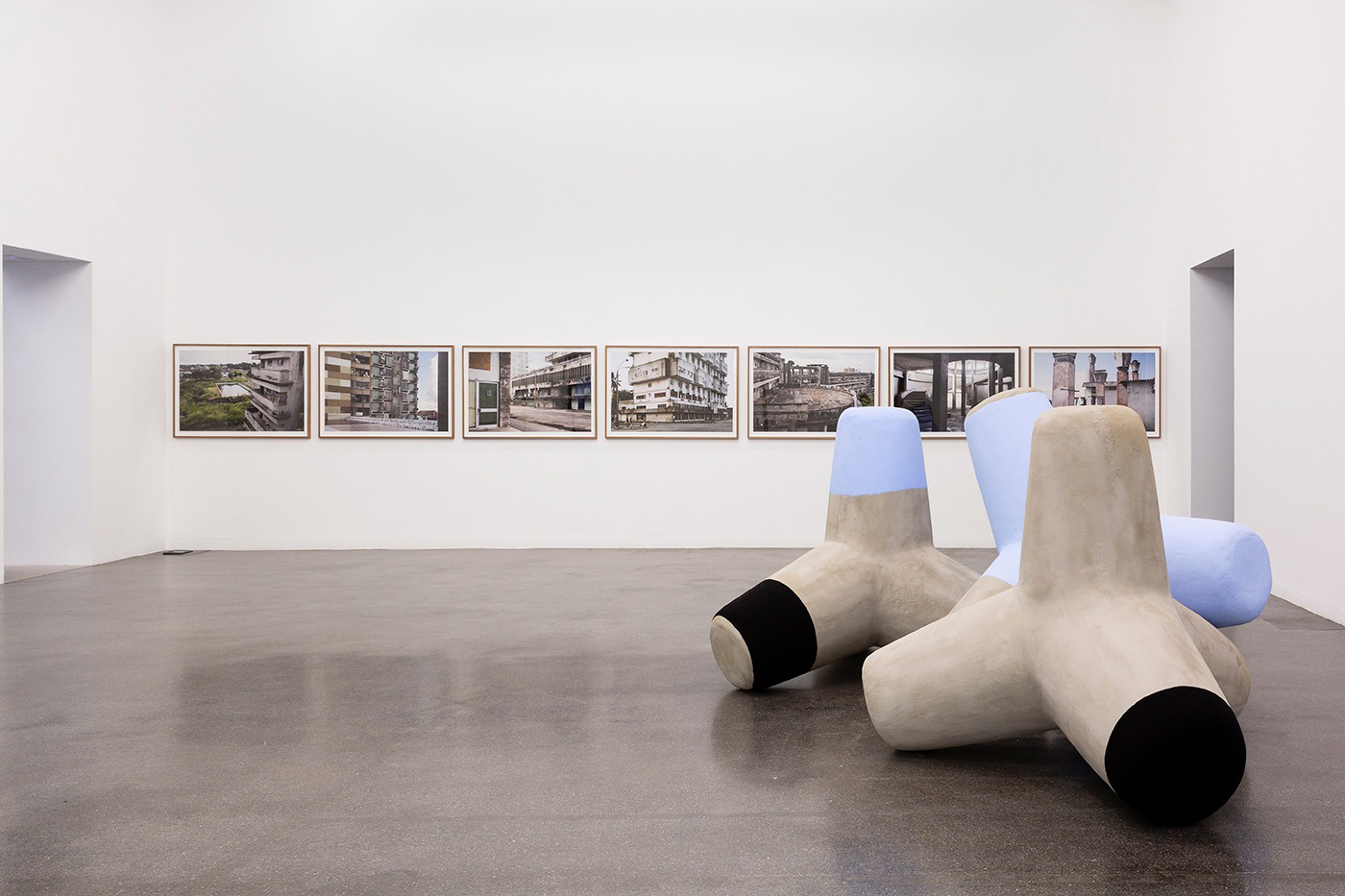Esther Gatón
With its unforeseen ubiquity, cement has ended up reshaping the surface of our planet. Our gaze has been constructed at a time in when it is unthinkable to imagine the world without it. This is true to the extent that it is an evident metaphor for globalization as an unstoppable process. Different political regimes, ranging from more or less stable social democracies to all kinds of dictatorships and their potential ideological variants, have all inexorably succumbed, and still succumb, to the possibilities the material affords to all those who fervently desire to build a new order. However, with its unparalleled initial ductility and subsequent hardness, perhaps what it best epitomizes is the way in which the flows of capital, and indeed the absence of the same, end up turning all those promises into scenarios of socio-political obsolescence.
For the Modern movement and then later for Brutalism, during late-modernism, concrete held out the promise of definitive freedom from the heavy stylistic and formal weight that, up until that moment, had been grounded in the idea of history as a well-measured becoming. The reaction was none other than a pressing urgency to break with the tradition that was leading us to certain catastrophe after two world wars. It thus liberated its full potential, and, on the other hand and in the face of the unbridled growth of the world population, enabled a response to the urgent requirements for housing and infrastructure, mainly in urban areas.
Many of the works by the artists in this exhibition hall seek to unravel the moment in which the various doses of utopia enclosed in each project began to be revealed as unattainable. Among many others, the cases of Brasilia, Tripoli and Ten-Bel prove paradigmatic insofar as they disclose how the very foundational seed concealed within itself the impossibility of the built image ever being able to fulfil a collective dream. On the other hand, in the case of the Canary Islands a major role was played by the system of extraction of aggregates which, since the 1970s and right up to
recent times, peddled the dream of endless material, aligned with the economic and social dynamics that governed in the islands since the fifteenth century. Here, architecture and urban planning were torn between the impossibility of consensus and the evidence that any idea pursuing the control of space would end up falling victim to new unforeseen programmes.
Curator : Pablo León de la Barra, Gilberto González
Artists : Pablo Accinelli, Andreas Angelidakis, Alexander Apóstol, Chico Buarque, Marcelo Cidade, Céline Condorelli, June Crespo, Cyprien Gaillard, Esther Gatón, Dominique Gonzalez-Foerster, Federico Herrero, Nancy Holt, Clara Ianni, Talles Lopes, Ángel Mateos, Adrien Missika, Montaje Saúl Alonso, Andrés Carretero, Rafa Munárriz, Pérez Y Requena, Abraham Riverón, Guy Tillim, Andreas Valentín, Josep Vilageliu, Jane & Louise Wilson
Opening Saturday 18.02.23, 6.30pm
Tuesday to Friday, 11am > 2pm and 5pm > 8pm
Exhibition until Sunday 28.05.23
Location
MUSAC
Avenida de los Reyes Leoneses, 24
24008 León (SP)
